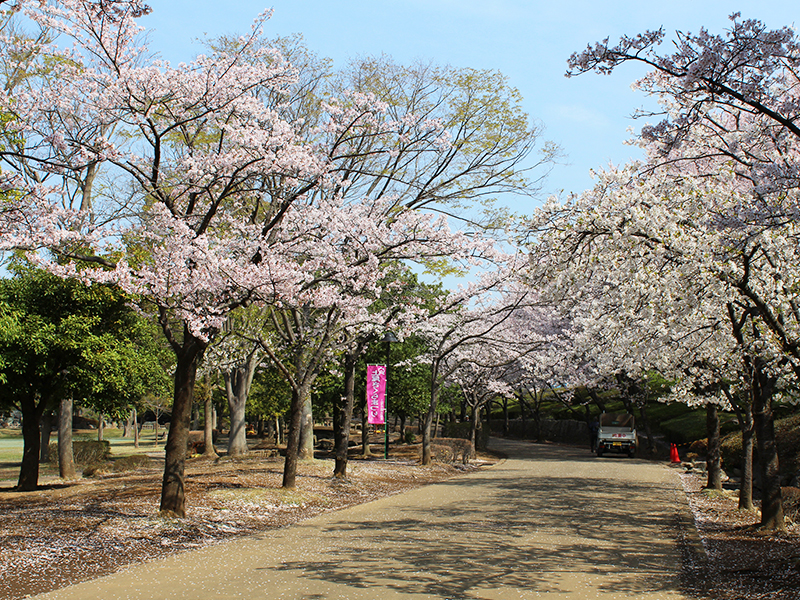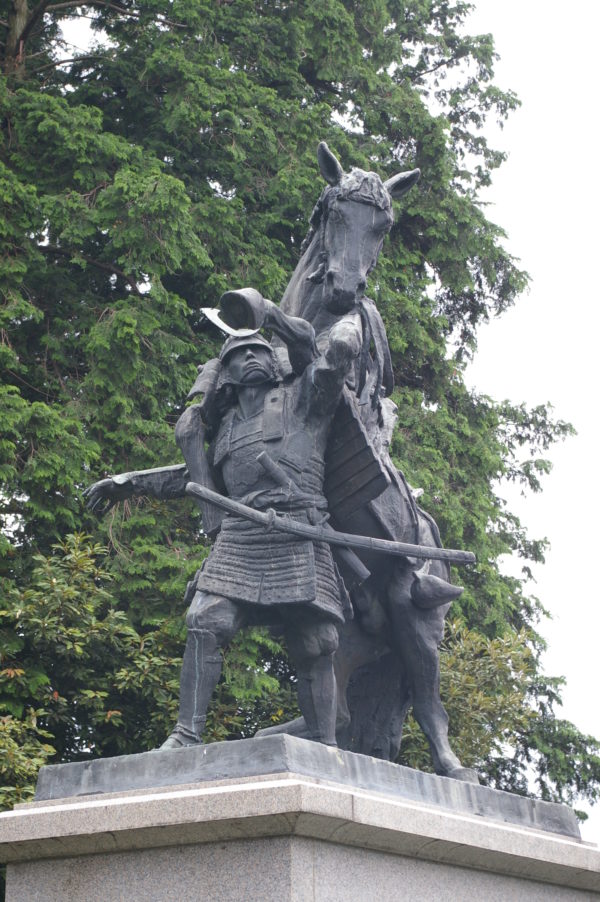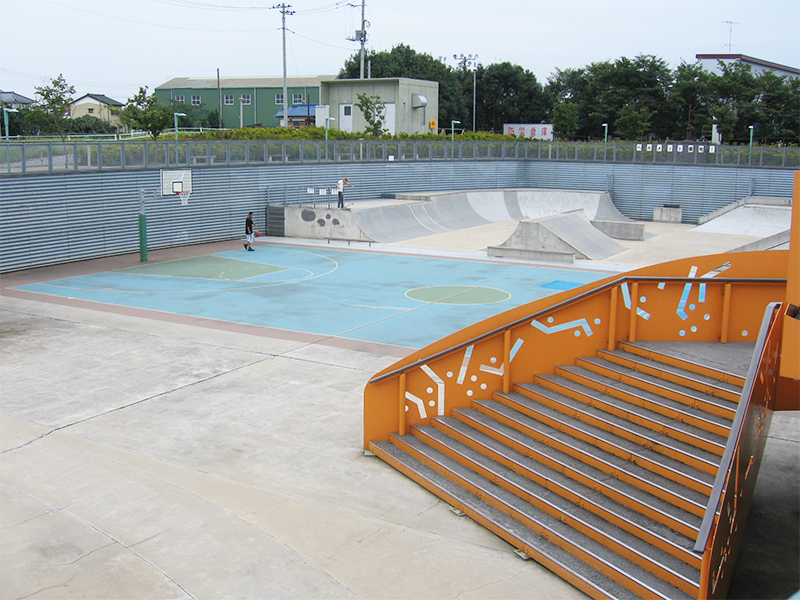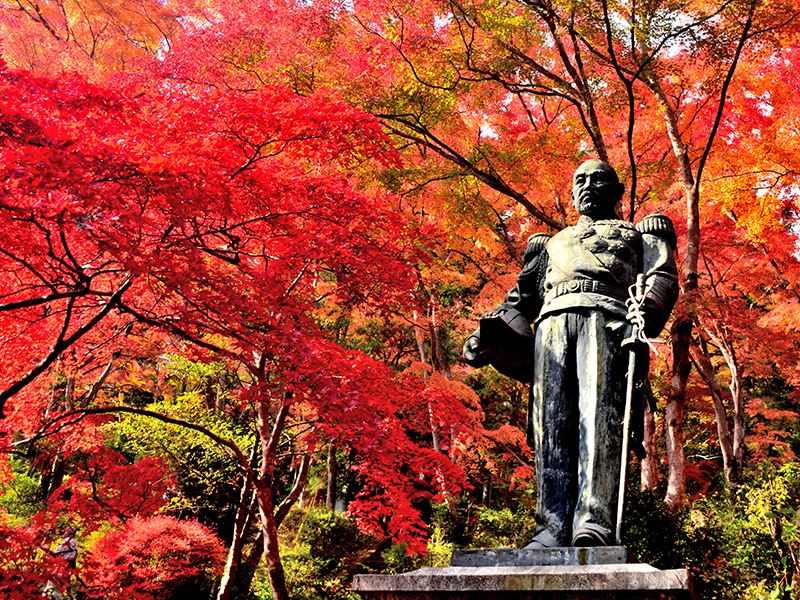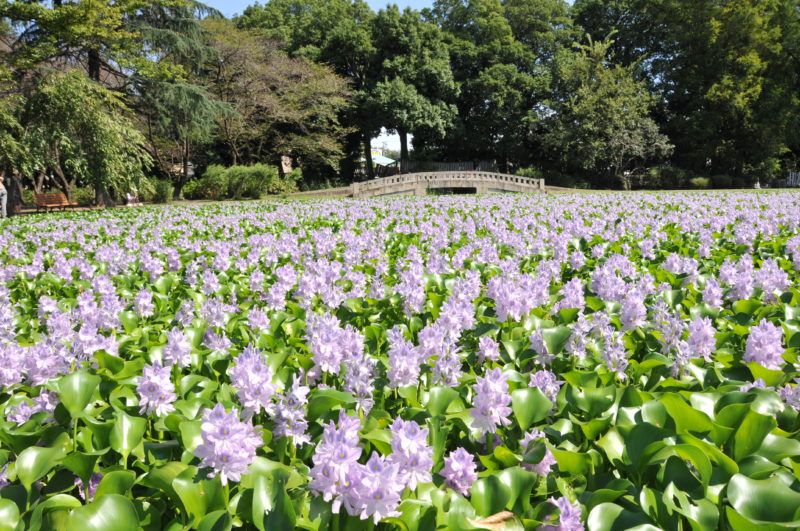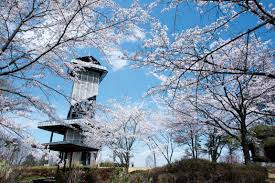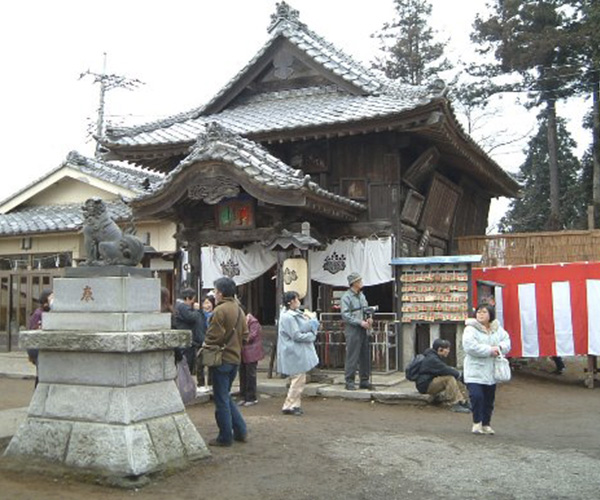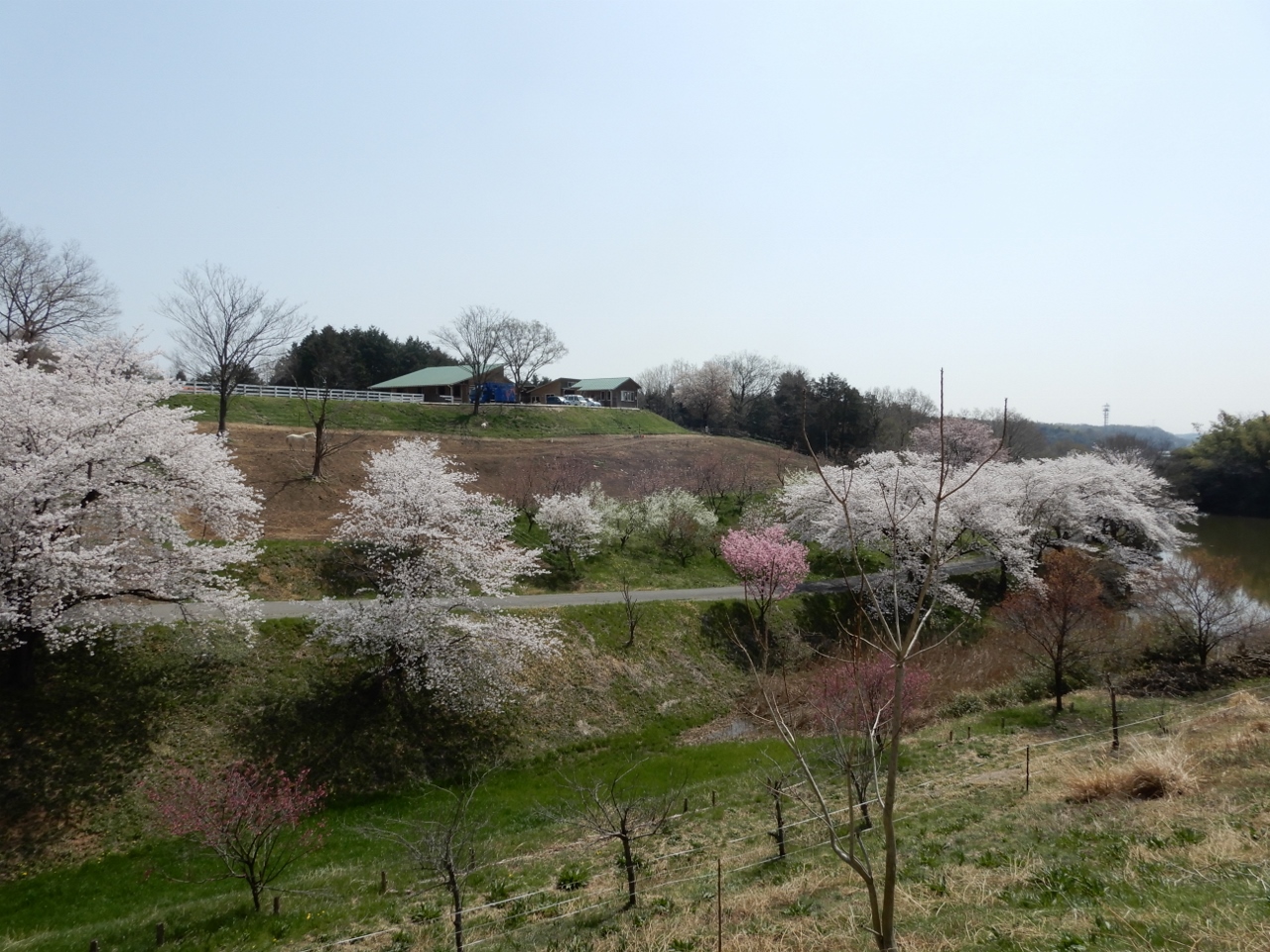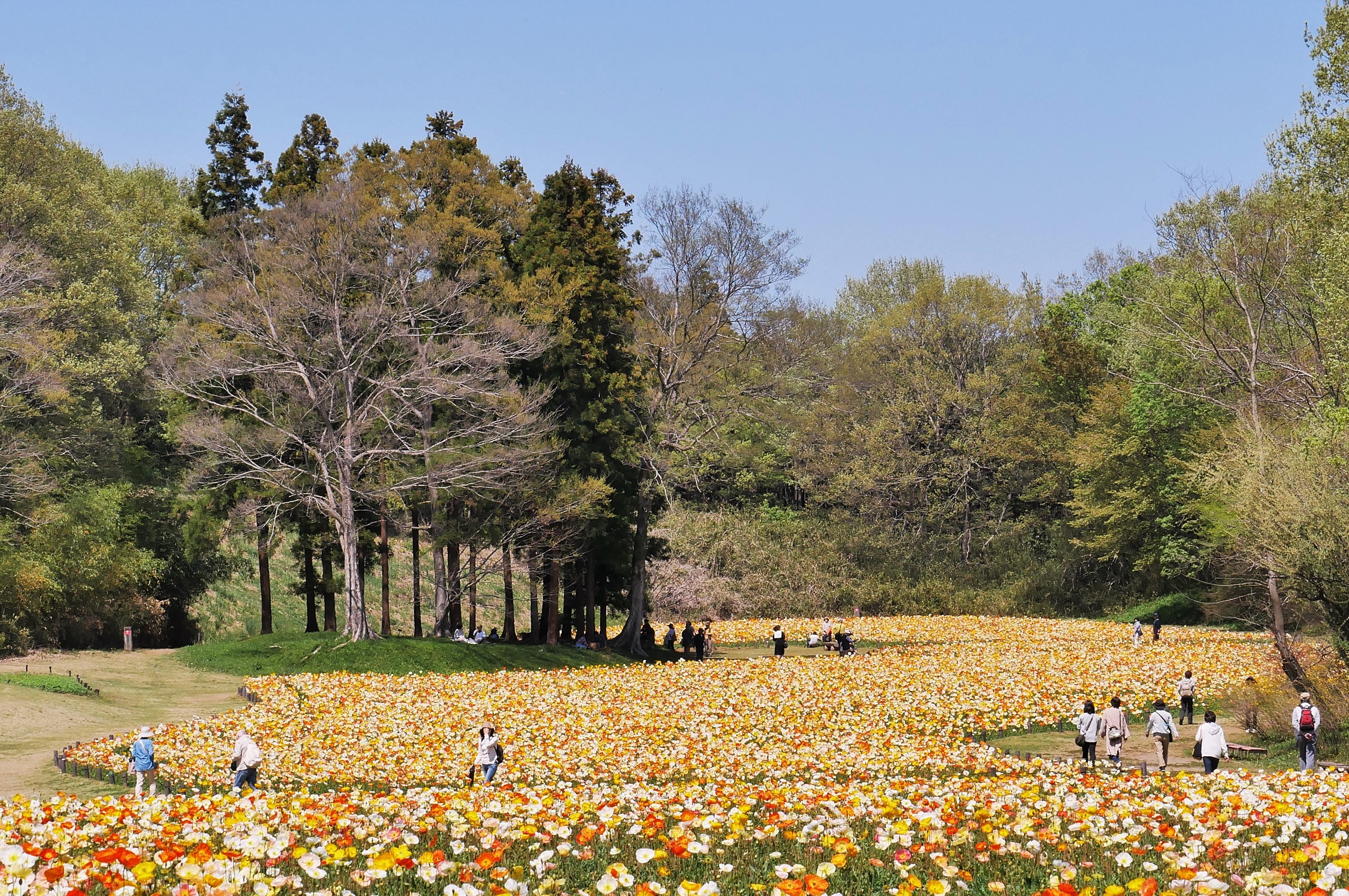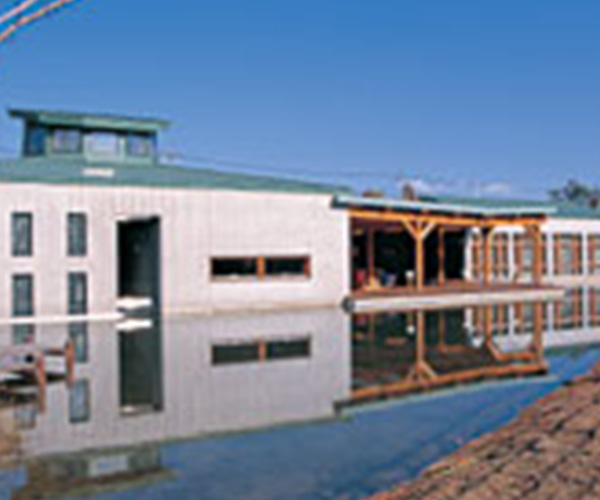Iko no Sato Fishing Park
sightseeing
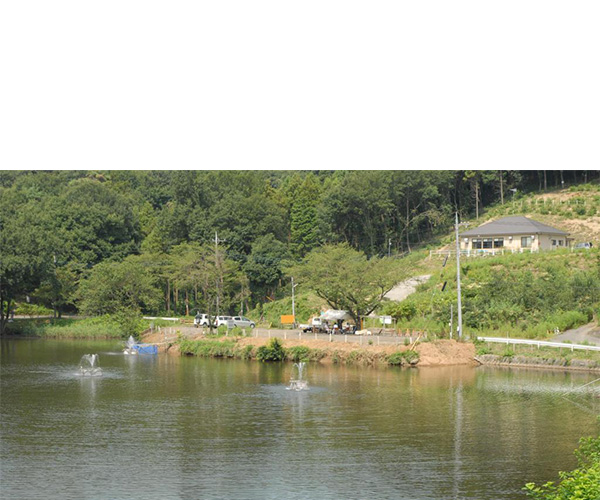
This fishing pond is very accessible, located approximately 9 kilometers (about 15 minutes) from the Higashi Matsuyama Interchange of the Kan-Etsu Expressway and roughly 5 kilometers (about 10 minutes) from the Ranzan-Ogawa Interchange.
The pond is encircled by beautiful nature and has a surface area of roughly 11,600 square meters. On Saturday and Sunday, you can enjoy handmade udon made with local flour and buy locally grown vegetables at the farmer’s restaurant.
Basic Information
Location
1846-1, Oaza Iko, Namegawa Town
TEL
0493-57-0506
FAX
0493-57-0506
Home page
Business hours / Fee
Business hours
8:00 ~ 16:00 November ~ February 8:00 ~ 16:00 March ~ October 8:00 ~ 17:00
How to get there
Public transport
15 minutes via taxi from Shinrinkōen Station of Tobu-Tojo Line
Car
Approximately 10 minutes from Ranzan Ogawa Interchange of Kan-Etsu Expressway
Parking
Free: Yes
Available for Large Buses (Reservation Required)
Fee: None
Available for Large Buses (Reservation Required)
Fee: None
Other
Remarks
There are some events that require additional fees. Please contact the management association beforehand with any questions you may have.

